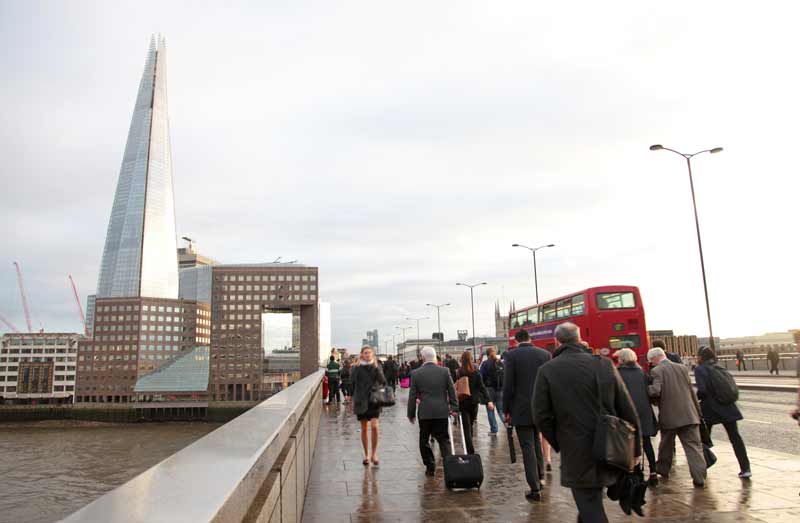19
February 2019
UK Employment at Highest Level Since 1971
The employment rate in the UK is at its highest level in almost half a century, according to the latest data from the Office for National Statistics.
There were a record 32.6 million people in work during the last three months of 2018. The proportion of people in employment between the ages of 16 to 64 was at 75.8% - the joint-highest figure since records began in 1971. The employment rate over the same quarter in 2017 was 75.2%. These encouraging figures come despite overall economic growth being at its lowest level since 2012, and the uncertainty surrounding Brexit and its impact on the UK economy. There were 167,000 more people in employment over the last three months of 2018 compared to the previous quarter, and 444,000 more than over the same period the year before. However, the number of EU nationals working here fell by 61,000 over the past year. “Most of the growth in employment over the past year is among British nationals,” said Matt Hughes, a senior statistician at the ONS. “However, the number of overseas nationals in work is still rising, despite a drop in the number of so-called ‘A8’ workers, due to more people from non-EU countries being in work.” Wage growth in the UK is also at its highest level since before the global economic crash in 2008, growing 3.4% in the three months to December. The news comes after inflation fell to its lowest level in two years in January because of falling energy costs attributed to the price cap. Prices of goods saw a 2.1% increase over 2018, meaning real wages were up by 1.3%. The number of people without work over the last quarter of 2018 fell by 14,000, leaving the unemployment rate unchanged at 4%. This is the lowest rate seen since the three-month period between December 1974 and February 1975. The number of job vacancies in the country has also risen to its highest level since records began. “The labour market remains robust, with the employment rate remaining at a record high and vacancies reaching a new record level,” said Hughes. “The unemployment rate has also fallen, and for women has dropped below 4 per cent for the first time ever.” Tej Parikh, a senior economist at the Institute of Directors, said: “The labour market is a bulwark for the UK economy just as it enters a testing period. Businesses have shown resilience in the face of uncertainty by opening new positions and hiring at a rapid pace. The jobs boom in turn has provided uplift to the economy, bringing more people into work and helping support household incomes. “With wages now rising above inflation, workers will feel their pay packets going even further, which should give some reprieve for embattled retailers down the line.” However, some analysts warned that the upward trend may not last for long with Brexit fast approaching. Thousands of people are set to lose their jobs following Honda’s announcement of the closure of their Swindon factory and the recent collapse of airline Flybmi. Andrew Wishart, an economist at Capital Economics, said: “The labour market data didn’t reflect the slip in hiring surveys in December, with employment rising. However, the surveys deteriorated more markedly in January, so a Brexit effect might start to weaken employment growth in the next batch of official data.”





